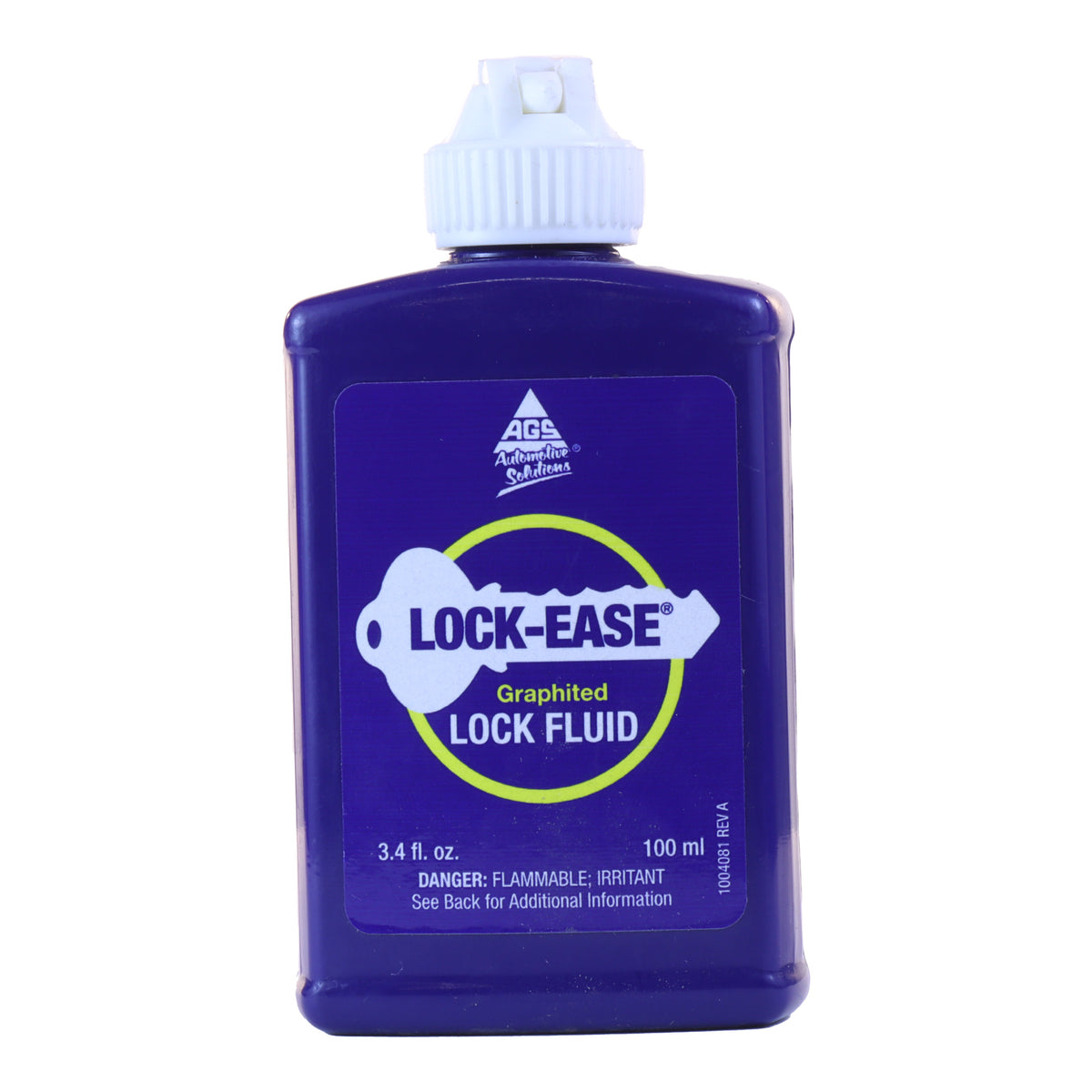slow_c1500
I'm Awesome
Hey guys, I have a 96 and the passenger side lock cylinder won’t rotate when I put the key in it. It locks and unlocks from the inside perfectly fine tho. Anyone know what could be wrong? Thanks
Disclaimer: Links on this page pointing to Amazon, eBay and other sites may include affiliate code. If you click them and make a purchase, we may earn a small commission.
Do you have any Lock Ease or even some spray lubricant? Put the key partway into the cylinder, and spray some in the slot(the little door should be open so you can get some juice in there). Let it sit a couple minutes, to soak in, then put the key all the way in, and see if it will cycle back and forth between lock and unlock.Hey guys, I have a 96 and the passenger side lock cylinder won’t rotate when I put the key in it. It locks and unlocks from the inside perfectly fine tho. Anyone know what could be wrong? Thanks
I have a can of lock spray in the passenger door pocket of my crew cab(or Burb when we're driving it). Along with the bag of wrenches for the battery terminals (on a one ton, on Houston streets, they vibrate loose !). I sprayed the door hinges and hood latch yesterday, once I got the starter changed. Been needing to for a while, I trying to get to it as monthly maintenance.Spraying some wd40 in the keyhole did the trick, thanks HotWheelsBurban

 www.agscompany.com
www.agscompany.com
Yup that is the best thing to use!WD40 will only last a short while. Get some graphite lube in there.

Lock-Ease Graphite Lubricant
Lock-Ease Graphite Lubricant Description Lock-Ease Graphited Lock Fluid is the ideal choice for tackling sticky, rusty and frozen locks. This advanced product acts as a rapid penetrant, coating the inner components of the lock mechanism to provide superior protection against moisture and prevent...www.agscompany.com

